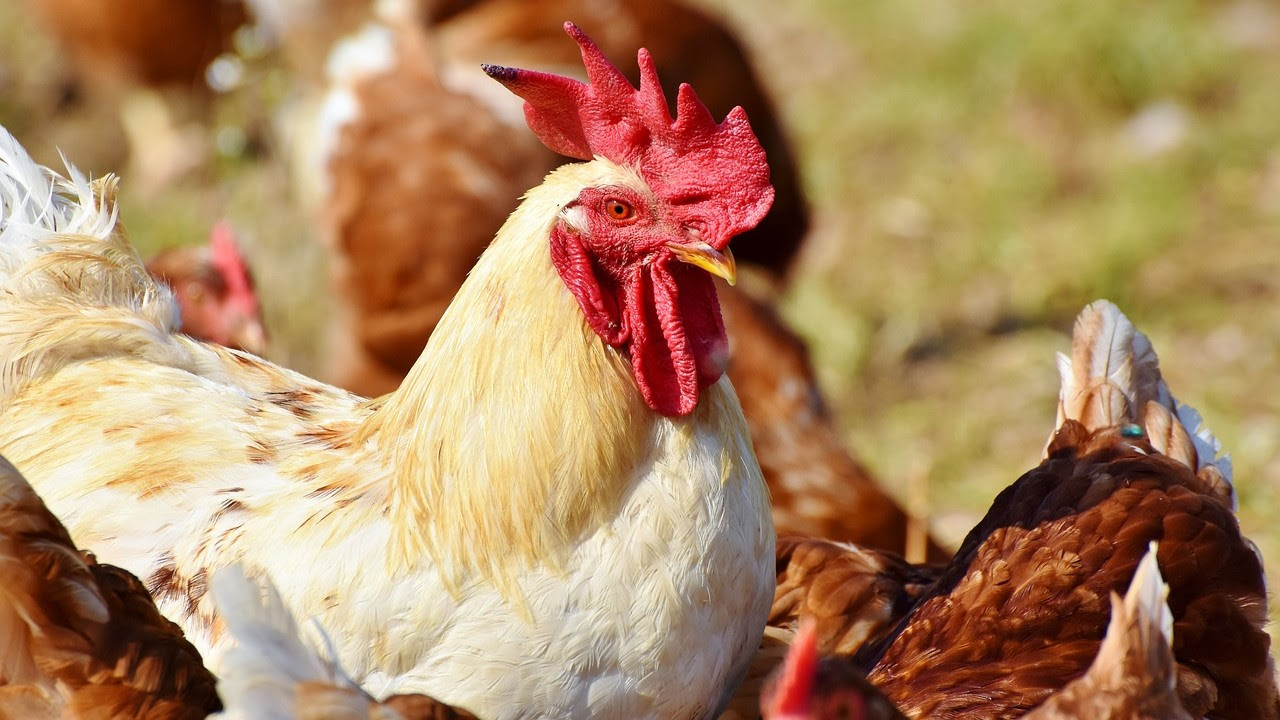
LOCAL
Rabid bat bites wildlife technician
A bat found in a Benton County parking lot tested positive for rabies, according to the Minnesota Board of Animal Health. A man and his son found the bat between two parked cars in an apartment parking lot on Dec. 23 and brought it to a local wildlife rehabilitation center. The following day, the bat bit a technician at a wildlife rehabilitation center before exhibiting neurological signs of rabies. It died Dec. 26 and tested positive for rabies the next day.
In 2018, 2,145 animals were tested for rabies and 32 (1.5%) were positive for the disease, according to Minnesota Department of Health (MDH). The positive cases included 27 bats, three skunks, one dog and one cat. In the state, skunks most commonly test positive: about 45% of these animals tested for rabies between 2003 and 2018 in Minnesota were rabid. About 6 percent of cattle that underwent testing were positive. While bats make up a large percentage of the animals tested, just 3 - 4 % of bats tested for rabies in Minnesota test positive, state public health veterinarian said.
Minnesota Department of Health recommended treatment for the affected technician, but chose not to conduct an investigation because there were no domestic animals near where the bat was found. Officials said all dogs, cats, ferrets, and horses should be vaccinated against the rabies virus. In the event an animal is exposed or potentially exposed, pets should receive a rabies vaccination booster within 96 hours of exposure. The board also recommended that all suspicious interactions between pets and wildlife should be reported to veterinarians.
Skystatement
MINNPOST
MNBAH
WJON
NATIONAL
Potency of tuberculosis vaccine effectively enhanced by changing route of administration
Two billion people worldwide are infected with Mycobacterium tuberculosis, and there are 10 million new cases of active tuberculosis and 1.7 million deaths due to the disease each year, according to WHO. Recently, researchers from the National Institutes of Health (NIH) and their colleagues from University of Pittsburgh have disclosed that simply changing the dose and way of administration from intradermal (ID) to intravenous (IV) significantly increases the vaccine’s ability to protect rhesus macaques from infection following exposure to Mycobacterium tuberculosis. The findings provided a new understanding of the mechanism of the only commercially available vaccine known as Bacille Calmette-Guérin (BCG) elicited protection against tuberculosis infection and disease.
The idea for an intravenous TB vaccination came from earlier experiments by co-senior study author, Robert Seder, MD, senior investigator at NIH. He had showed in both animals and humans that malaria vaccine is more effective when delivered intravenously. In the current study, groups of animals received the BCG vaccine by intradermal, aerosol and intravenous routes. The scientists assessed immune responses in blood and in fluid drawn from the lungs for a 24-week period following vaccination. Intravenous BCG vaccination resulted in the highest durable levels of T cells in the blood and lungs.
Six months after vaccination, the researchers exposed groups of vaccinated rhesus macaques and a group of unvaccinated macaques to a virulent strain of the bacteria by introducing the bacteria directly into the animals’ lungs. They then tracked the infection and disease development over three months.
According to JoAnne Flynn, professor of microbiology and molecular genetics, the lungs of animals given the vaccine intravenously had bacterial burden of 100,000-fold less than the standard route. Nine out of 10 animals vaccinated with IV BCG were highly protected; six showed no detectable infection in any tissue tested and three had only very low counts of the bacteria in lung tissue. All unvaccinated animals and those immunized via ID or AE routes showed signs of significantly greater infection. The study provided a benchmark against which future vaccines will be tested, and offers a new framework for understanding the immune correlates and mechanisms of protection against TB.
National Institute of Health
Genetic Engineering Biotechnology News
Nature
INTERNATIONAL
Polish bird flu outbreak spreads
Four more outbreaks of the H5N8 strain bird flu have been reported across Poland, authorities said on January 3, bringing the total number of incidents in Europe’s largest poultry producer to six. Outbreaks were confirmed in Wolka Orlowska and Olchowiec Kolonia, both in the Lubelskie region of Poland, a spokesman for the governor of the Lubelskie region said. Another outbreak of the strain reported on the same day in the eastern Lubelskie region at a farm about 0.31 mile from where two cases in turkeys. Poland, Europe's largest poultry producer according to data from Eurostat, has not had an outbreak of bird flu since 2017.
Authorities in western Poland have ordered the culling of at least 65,000 birds at a farm affected by bird flu that seems to have spread from the east. Authorities in eastern part of the country said the bird flu virus recently killed at least 40,000 turkeys and geese at poultry farms in a village near Poland's borders (28miles) with Ukraine and Belarus. Around 100,000 birds could be affected in Lubelskie and there was a big risk of the virus spreading in the area as there were a lot of poultry farms close together. Experts also suspect wild birds could be spreading the diseases.
The area has been closed to non-residents. Focus has been given to cleaning the enclosures where birds have been affected. Local authorities said that the virus was a subtype of highly pathogenic H5N8 bird flu that can also pose risks to humans. Accordingly, a danger to humans could not be completely ruled out and the risk of the infection was much lower than for birds for whom it can be deadly, regional veterinary officer said.
NY Times
The Star Tribune
